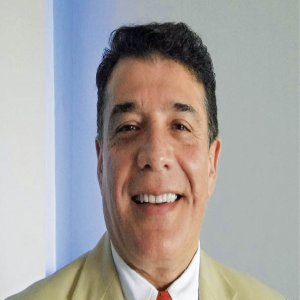Spotting the Unique Attributes of Energy States

Q: Grupo Evoasis follows the German distributed energy model. Could you explain how this model has been adapted to the peculiarities of the Mexican solar market?
A: Distributed Generation (DG) in general terms refers to the decentralized production of electricity by small scale systems. Rooftop solar systems are the preferred technology for DG, however, other sources such as biomass and wind can be used too. In Europe we have begun to see utilities lose position in the market as DG reaches higher levels of penetration. Germany is one of said countries and others such as the UK and Italy are beginning to catch up. Grupo Evoasis was founded by Simon Lloyd, a UK entrepreneur, in response to the opportunities in the Mexican market. The company has had unique experiences in the market, which has led it to identify business opportunities across Mexico’s different states, such as Jalisco and Baja California.
Q: What are the opportunities you have identified in Jalisco for renewable energies?
A: Jalisco is an attractive destination for renewable energies, especially solar for a number of reasons. Firstly, Jalisco is a net importer of electricity, with 92-93% of electricity coming from out of state. The city of Guadalajara relies 100% on a power line coming from a power plant in Manzanillo. Clearly, this dependency has several risks attached to it. A way to mitigate this is by implementing other technologies in the state and already there are companies like Grupo Dragón that have begun to venture into this arena. Another attractive factor is the number of potential off-takers in the region. This is due to the manufacturing industries scattered across the state; in fact, Jalisco is one of the centers for electronic manufacturing in the country. We have also seen an increasing support from the public sector, especially at a state and municipal level. For instance, the solar resources are decent in Jalisco and certain parts of the state have irradiation levels of around 1.9kW/m2. The permitting process has been relatively smooth since local authorities see the benefits of renewable energies, especially utility scale solar farms.
Q: How would you define the approach Secretariats of Economic Development take toward renewable energy project and what barriers have you encountered?
A: The state of Jalisco is beginning to comprehend the risks associated with relying on one energy source and having a reputation as a net importer. One of the factors of attraction for the public sector in terms of renewable energies is that they provide a steady source of employment to local communities. Many municipalities and states across Mexico are looking for these types of investments. In the initial stages of a solar farm, 400 people may be required in the construction phase and then approximately 15 people in the operation stage. One fact is incontrovertible: renewable energies are an employment multiplier.
Q: Which other states show potential for solar farm developments?
A: Everyone is paying close attention to the northern states, particularly Baja California and Sonora. The main barrier the solar sector is facing is the lack of financing in the early stages and a skewed perception regarding the costs of solar energy. The debate of wind versus solar has become antiquated and it is important to delineate the positive aspects of solar energy. The technology has improved and its costs have decreased, which addresses the misconception that solar is not reliable. In the state of California, you can find solar projects that reach grid parity with fossil fuels. There are several states in Mexico that are a fountain of opportunity for renewable energies and these must be seized by all players.
Q: What unique projects have you spotted in regions such as Baja California?
A: We are currently in the process of developing a water desalination plant in Baja California. At the moment we are going through the permitting and land acquisition processes. By nature, these plants are very energy intensive since they require high amounts of electricity to pump the water through the membranes of reverse osmosis. There are talks of developing a solar farm that can provide the plant with electricity and to other off takers as well. There has been some social unrest between the Yaqui Indians and the citizens of Hermosillo. This due to the fact that the Yaqui have water rights for certain rivers and much of this precious resource is being redirected to supply the evergrowing city of Hermosillo. We believe this project can mitigate some of this social conflict and unrest.



















